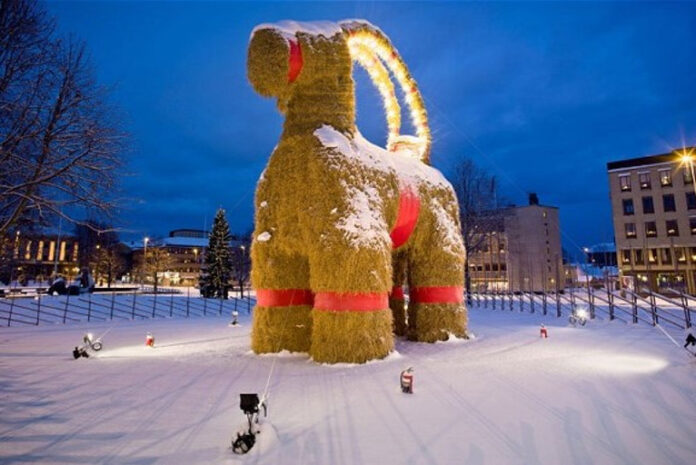It’s that time of year again in cities and towns throughout Sweden, to build large Julbock statues, or Yule goats in celebration of the winter solstice.
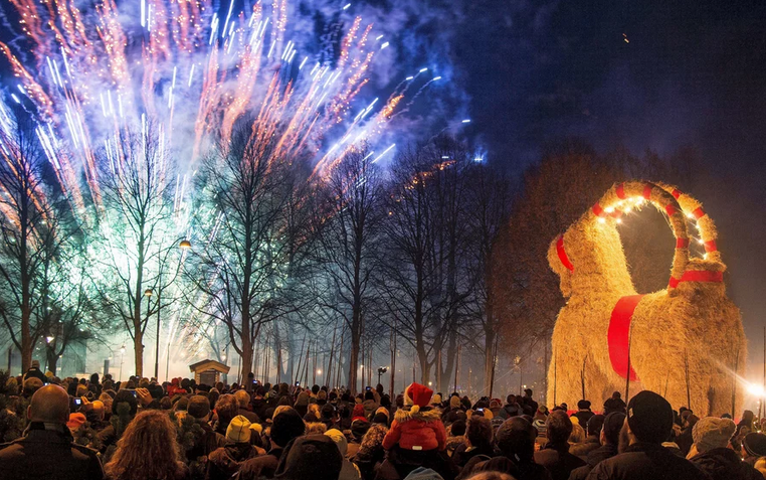
Dating back to ancient Pagan festivals, a popular theory is that the goat is connected to worship of the Norse god Thor, who rode the sky in a chariot drawn by two goats know as “teeth grinder” and “teeth bearer” in Old Norse lore.
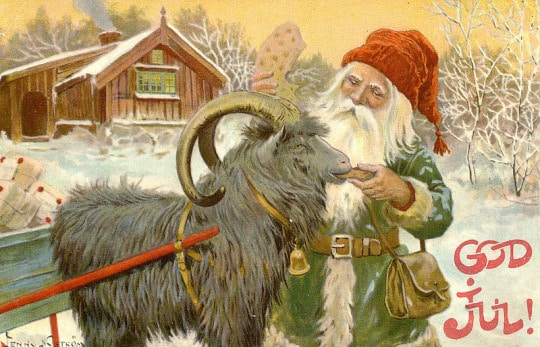
The people of Sweden believed the Yule goat to be an invisible spirit, appearing before Christmas to make sure that the holiday preparations were done correctly. The goat eventually took on the role of a gift giver and is sometimes seen in place of or alongside Santa.
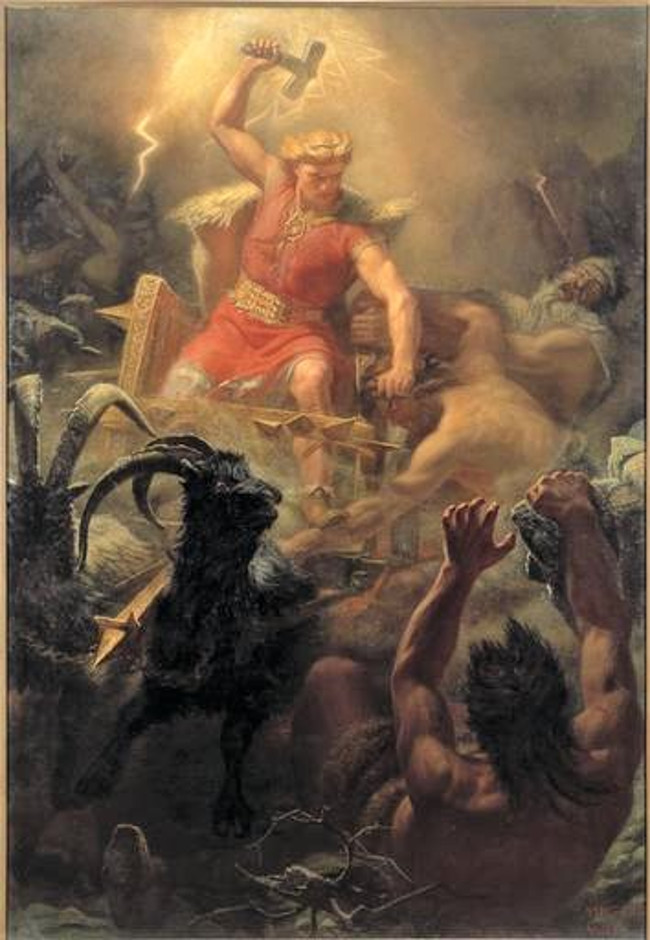
In more recent years the Yule goat’s festivities have turned into more of a prankster as young men in costumes walk between houses singing songs and performing pranks with one of the characters playing the part of a rowdy, sometimes scary, Yule goat.
The 42-foot-high goat statue assembled in the town of Gävle is built on the first day of Advent in late November or early December and is intended to stand for the holiday season as a part of Yule celebrations taking place over ten days starting December 21st or 22nd.

In what has become an unintended tradition, attempts to burn down or damage the giant 42 foot goat before celebrations start continue every year. And despite the town attempting to protect the goat, including guards, fencing, making it flame resistant, and even spraying it with water so it would freeze and be more difficult to light, the goat has been damaged almost 40 times.
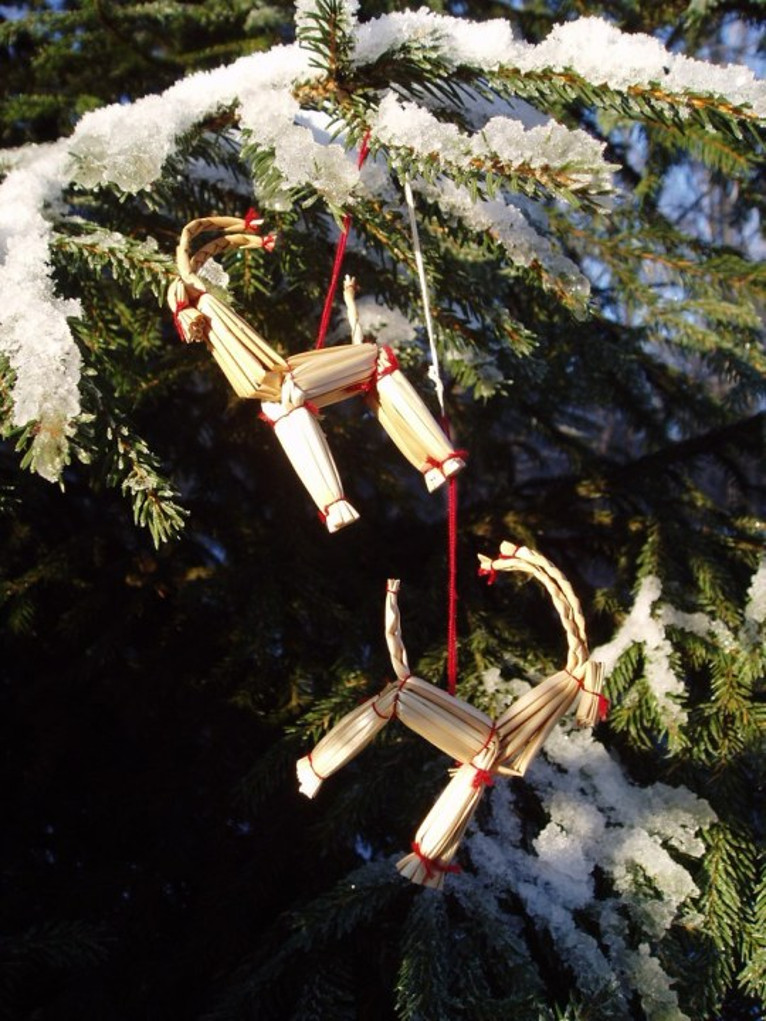
In modern Scandinavia, the Yule goat has become a popular Christmas ornament and decoration! These modern goats are usually made of straw and bound with red ribbon.

















